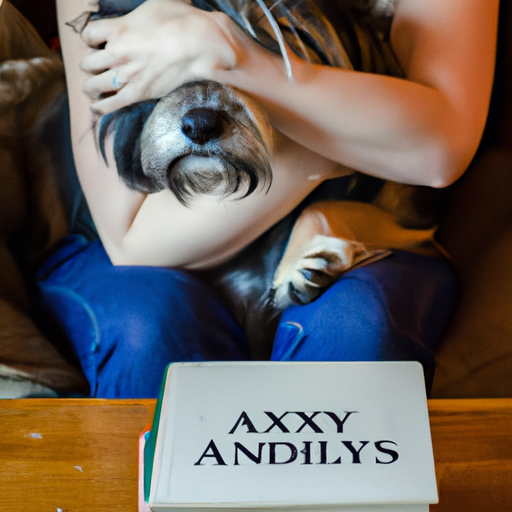Separation anxiety in dogs is a common issue that every dog owner may face at some point. As a caregiver, you may find it heartbreaking to leave your furry friend alone. In this guide, we’ll focus on practical steps that you can take to help your dog handle separation anxiety effectively.
Understanding Separation Anxiety in Dogs
Separation anxiety in dogs is a distressful and often destructive behavior that occurs when a dog is left alone. These behaviors can range from excessive barking or howling, destructive chewing, inappropriate elimination, and even attempts to escape from the house. It’s important to understand that this is not a sign of disobedience but a cry for help.
Common Causes
- Change in routine
- New home or family members
- Traumatic experiences
- Lack of socialization
Common Symptoms
- Excessive barking or howling
- Destructive behavior
- Inappropriate elimination
How to Prevent Separation Anxiety in Dogs
-
Create a Safe Space: Create a comfortable space where your dog can feel safe and secure. This could be a specific room or a crate if your dog is crate trained.
-
Practice Departures: Gradually increase the time you spend away from your dog. Start with short departures and gradually increase the duration.
-
Use Distractions: Use toys or treats to distract your dog when you’re leaving.
-
Avoid Emotional Departures and Arrivals: Don’t make a big fuss when you leave or arrive at home. This can increase your dog’s anxiety.
Training Methods to Reduce Separation Anxiety
Desensitization and Counterconditioning
These are common methods used to treat separation anxiety in dogs. Desensitization involves gradually getting your dog used to being alone, while counterconditioning involves changing your dog’s fearful, anxious, or aggressive reaction to a pleasant, relaxed one instead.
Medication
In severe cases, medication may be necessary. There are a variety of medications available to help manage anxiety in dogs. Always consult with your vet before starting any new medication regimen.
How to Support Your Dog During This Process
Your support and patience are crucial during this process. Here’s how you can help:
- Be patient: Changes won’t happen overnight.
- Be consistent: Use the same training methods and routines.
- Show love: Even if your dog’s behavior is frustrating, remember they’re not doing it on purpose.
Frequently Asked Questions
Q: Can separation anxiety in dogs be cured?
A: While there’s no “cure” for separation anxiety, it can certainly be managed with the right treatment and training methods.
Q: Does my dog have separation anxiety or is he just being naughty?
A: It’s always best to consult with a professional. Often, what may seem like “naughty” behavior is actually anxiety.
Q: Can I use medication to treat my dog’s separation anxiety?
A: Yes, in severe cases, medication may be necessary. Always consult with your vet before starting any new medication regimen.
Remember, helping your dog overcome separation anxiety is a journey. With patience, love, and the right techniques, your furry friend will be better equipped to handle your absence.



